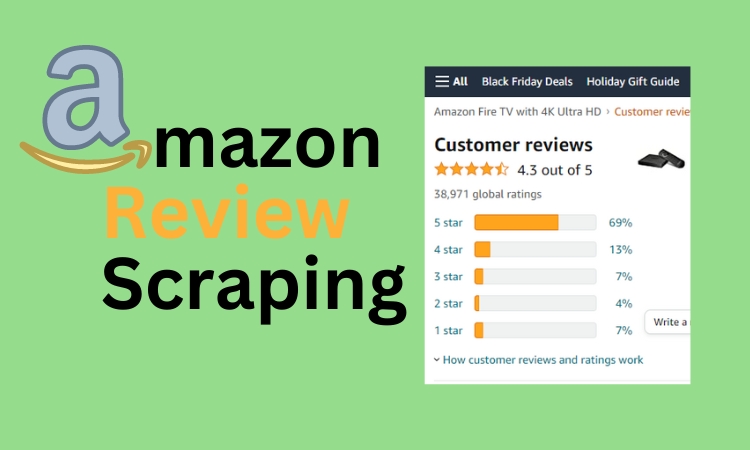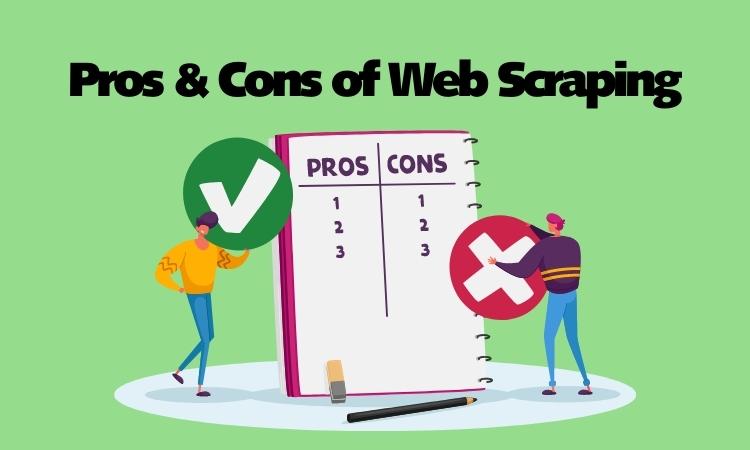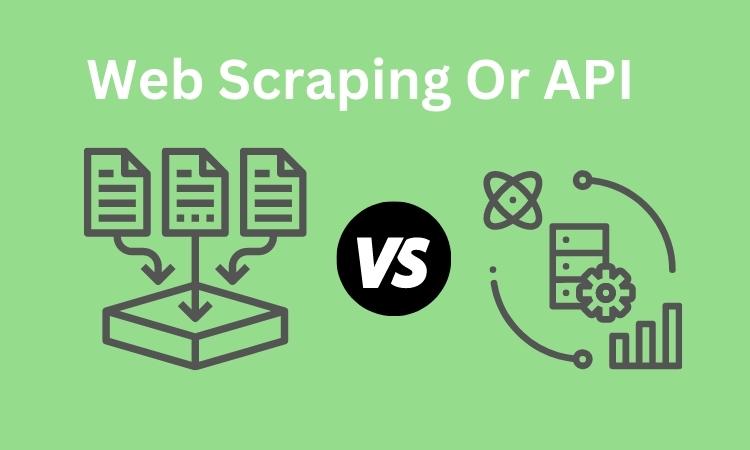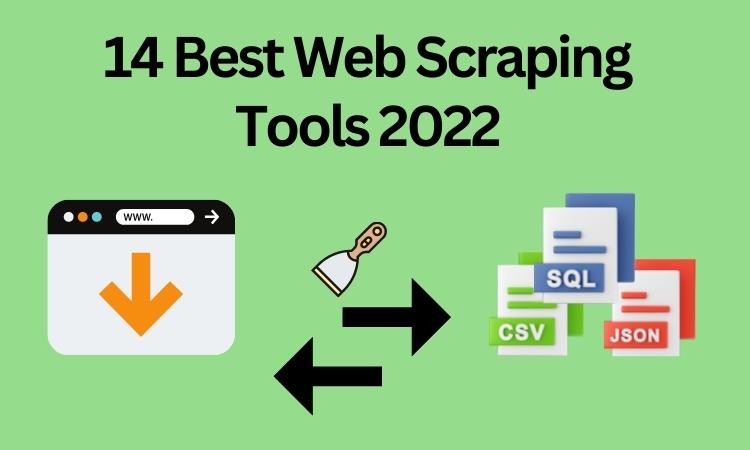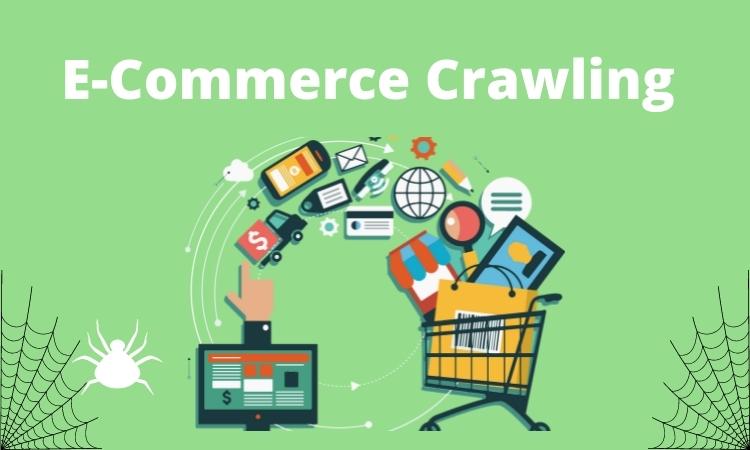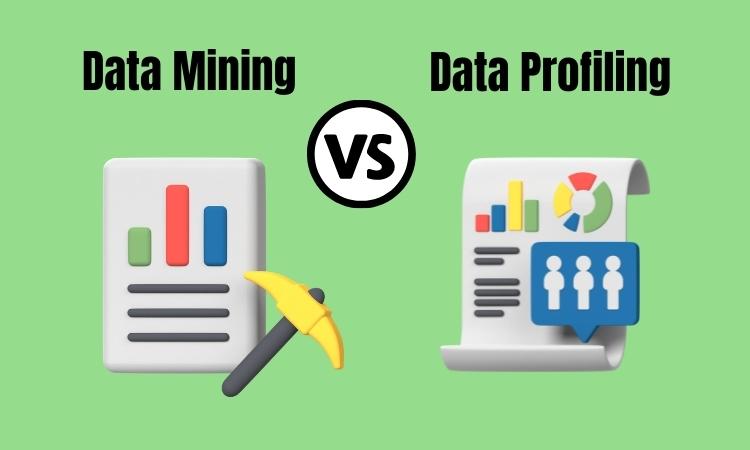What is API Scraping? The Ultimate Guide To API Scraping
In this comprehensive guide, you will get the answer to your question: What is API scraping? Moreover, we will delve into the concept of API scraping, exploring its definition, benefits, applications, and legal considerations.
In today’s data-driven world, businesses and individuals rely on access to vast amounts of information to drive innovation, make informed decisions, and gain a competitive edge. One valuable source of data is application programming interfaces (APIs).
While APIs are designed to facilitate data exchange, some techniques can harness their potential in unconventional ways. In this comprehensive guide, you will get the answer to your question: What is API scraping? Moreover, we will delve into the concept of API scraping, exploring its definition, benefits, applications, and legal considerations.
Whether you’re a tech enthusiast, a business owner, or a developer, this article will equip you with the knowledge to leverage API scraping for your data retrieval needs.
Now let have the answer to your query: What is API Scraping
What is API Scraping?
API scraping, web scraping, or data scraping refers to programmatically extracting data from an application programming interface (API). APIs are sets of protocols and tools that allow different software applications to communicate with each other and exchange data. API scraping involves extracting data from an API without the explicit permission of its owner.
How Does API Scraping Work?
API scraping involves sending requests to an API endpoint and parsing the response to extract the desired data. Developers often use programming languages like Python to automate this process. By inspecting the API’s documentation or examining network traffic, developers can understand the structure of the API, the endpoints available, and the parameters required for retrieving data.
They then construct requests using HTTP methods like GET or POST, attach necessary headers or authentication tokens, and send the requests to the API server. Finally, the response is parsed to extract the relevant data, which can be stored in a database, analyzed, or used for various purposes.
What is the Difference Between API and Web Scraping?
While API scraping and web scraping share similarities, they differ in their approach and the data sources they target. Web scraping involves extracting data directly from websites by parsing HTML or other web document formats. It typically involves crawling through web pages and collecting information based on specific patterns or rules.
On the other hand, API scraping focuses on extracting data from APIs specifically designed for data exchange. APIs provide a structured and standardized way to access and retrieve data, making them a more efficient and reliable source for scraping.
While web scraping often requires parsing unstructured data and handling dynamic website changes, API scraping offers a more direct and structured approach to data retrieval.
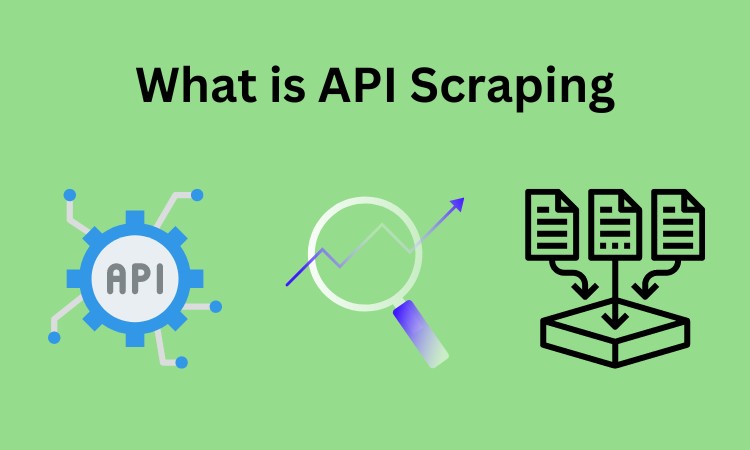
Which API is Used for Web Scraping?
APIs can be used for web scraping by accessing data from various sources, depending on the specific requirements. Some commonly used APIs for web scraping include:
1-Social Media APIs: Platforms like Twitter, Facebook, or Instagram offer APIs that allow developers to scrape data such as posts, comments, or user information. You can check: How to scrape Instagram.
2-E-commerce APIs: Online marketplaces like Amazon or eBay provide APIs to retrieve product details, prices, reviews, and seller information.
3-News and Content APIs: APIs offered by news outlets or content aggregators enable the scraping of articles, headlines, or trending topics.
4-Financial Data APIs: Financial institutions or stock market platforms offer APIs to access real-time market data, stock prices, or economic indicators.
The choice of API depends on the specific data requirements and the availability of APIs provided by the target sources.
Related : How to Scrape eBay Listings?https://www.alnusoft.com/how-to-scrape-ebay-listings-5-easy-ways/
How to Use Scrape API?
Scrape API is a tool that simplifies the process of API scraping by providing a user-friendly interface and handling various complexities. To use Scrape API, follow these steps:
Step 1: Sign up for Scrape API and obtain an API key.
Step 2: Construct your scraping request by specifying the API endpoint, headers, parameters, and authentication tokens.
Step 3: Request to Scrape API by sending an HTTP request with the necessary details.
Step 4: Scrape API handles the request and returns the API response data, which can be parsed and extracted as required.
Scrape API offers additional features such as handling CAPTCHA, rendering JavaScript-based pages, and managing proxies. It simplifies the technical aspects of API scraping, allowing users to focus on the data retrieval process.
Why is Web Scraping Used?
Web scraping is used for various purposes due to its numerous benefits:
a) Data Collection: Web scraping allows businesses and individuals to collect large amounts of data from websites for analysis, research, or decision-making purposes.
b) Market Research: By scraping data from competitor websites, businesses can gather market intelligence, track pricing trends, and identify new opportunities.
c) Lead Generation: Web scraping can extract contact information from websites for lead generation, customer outreach, or sales prospecting.
d) Content Aggregation: Web scraping enables the aggregation of content from multiple sources, allowing the creation of comprehensive databases, news aggregators, or customized content feeds.
e) Monitoring and Tracking: Web scraping helps monitor online mentions, track social media sentiment, monitor product reviews, or track changes on websites.
FAQs
What does API Mean?
API stands for Application Programming Interface. It is a set of protocols, tools, and definitions that enable different software applications to communicate with each other and exchange data.
What programming languages are commonly used for API scraping?
Python is a popular choice for API scraping due to its rich ecosystem of libraries and frameworks, such as Requests, Beautiful Soup, and Scrapy. However, other languages like JavaScript and Ruby can also be used.
Are there any alternatives to API scraping?
Alternatives include RSS feeds, web scraping, data dumps, or provider purchasing data. However, each method has its advantages and limitations.
4-How can I handle authentication and authorization when scraping APIs?
APIs often require authentication tokens or API keys for access. You should obtain these credentials from the API provider and include them in your requests’ headers or parameters.
5-What are the potential risks of API scraping?
Risks include legal consequences, technical challenges, data accuracy and reliability, and potential impacts on the API provider’s infrastructure. Assessing and mitigating these risks before engaging in API scraping is essential.
Conclusion
API scraping, a powerful technique for data retrieval, offers businesses and individuals access to valuable information for analysis, research, and decision-making. You can harness the potential of data-driven insights by understanding the nuances of API scraping, the differences between API and web scraping, and the benefits they offer.
Whether using Scrape API or other methods, ensure compliance with legal and ethical considerations and adopt best practices to make the most of web scraping and API scraping. Stay ahead in the data-centric landscape by leveraging the potential of these techniques to unlock valuable data sources.
Hopefully, this guide helped you to understand: What is API Scraping?


